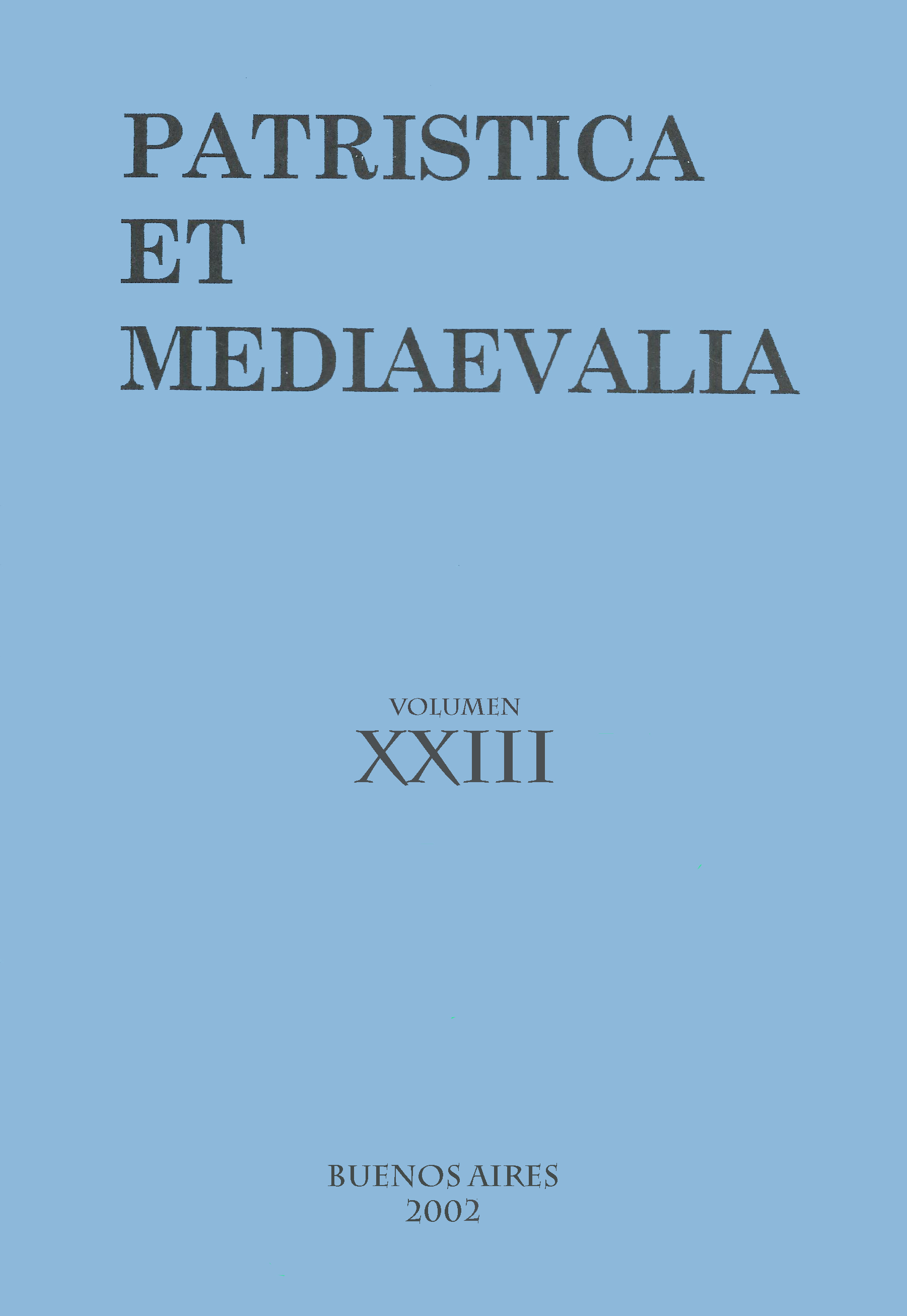Elements of Philosophy in the Epistolario of Alcuin of York
Abstract
In this paper we consider the philosophical elements found in Alcuin’s epistles, centered in three points: the definition of philosophy, the concepts of essence, substance and nature, and aspects of his anthropology as the concept of the body as the animae carcer and the soul’s mutations.Downloads
References
Curry, J. J. (1966). Alcuin, De ratione animae, A text with introduction, critical apparatus, and translation, A thesis presented to the Faculty of the graduate school of Cornell University for the degree of Doctor of Philosophy. Michigan.
Haureau, B. (1872). Histoire de la philosophy scolastique, vol. 1. Paris: Durand et Pedone-Lauriel.
MacDonald, A. J. (1933). Authority and Reason in the Early Middle Ages. Oxford: Oxford University Press.
Marenbon, J. (1981). From the Circle of Alcuin to the School of Auxerre. Cambridge: Cambridge University Press.
Marenbon, J. (1995). Early Medieval Philosophy, 2nd edition. Routledge: London/New York.
Marenbon, J. (2000). Aristotelian Logic, Platonism and the Context of Early Medieval Philosophy in the West. Aldershot: Ashgate.
Monnier, F. (1853). Alcuin. Paris.
Peretó Rivas, R. (2001). Alcuino de York y su epistolario. Patristica et Mediaevalia, 22, 58-75.
Serralda, V. (1978). La philosophie de la personne chez Alcuin. Paris: Nouvelle Editions Latines.
Tolomio, I. (1997). ‘Corpus carcer’ nell’Alto Medioevo. Patristica et Mediaevalia, 18, 3-19.
1. The authors who publish in this magazine accept the following conditions:
-
They retain the copyright and grant to the magazine the right of the first publication, with the work registered under the Attribution-ShareAlike 4.0 International License that allows third parties to use what is published as long as they mention the authorship of the work and the first publication in this magazine.
-
They can make other independent and additional contractual agreements for the non-exclusive distribution of the version of the article published in this magazine (eg. include it in an institutional repository or publish it in a book) provided that they clearly indicate that the work was first published in this journal.
-
They are allowed and recommended to publish their work on the Internet (for example on institutional or personal pages).
2. AutoArchive Conditions. Authors are allowed and encouraged to distribute post-print electronic versions of their manuscripts because it promotes their circulation, a possible increase of quotation and a major reach among the Academic community. Color RoMEO: blue.













